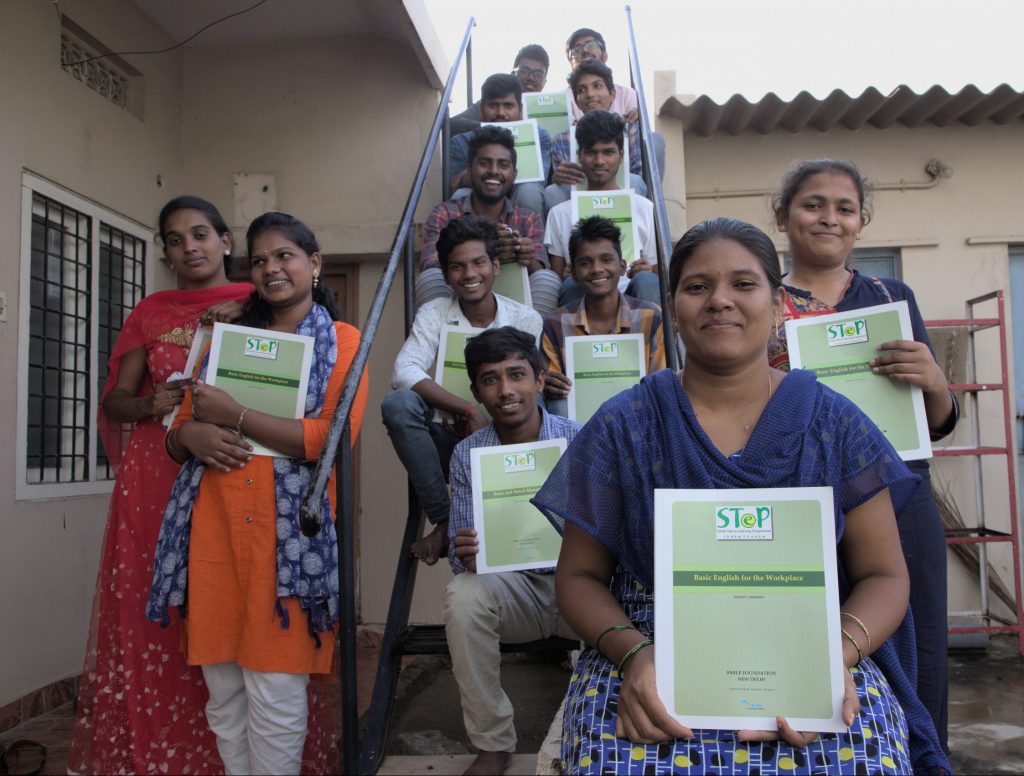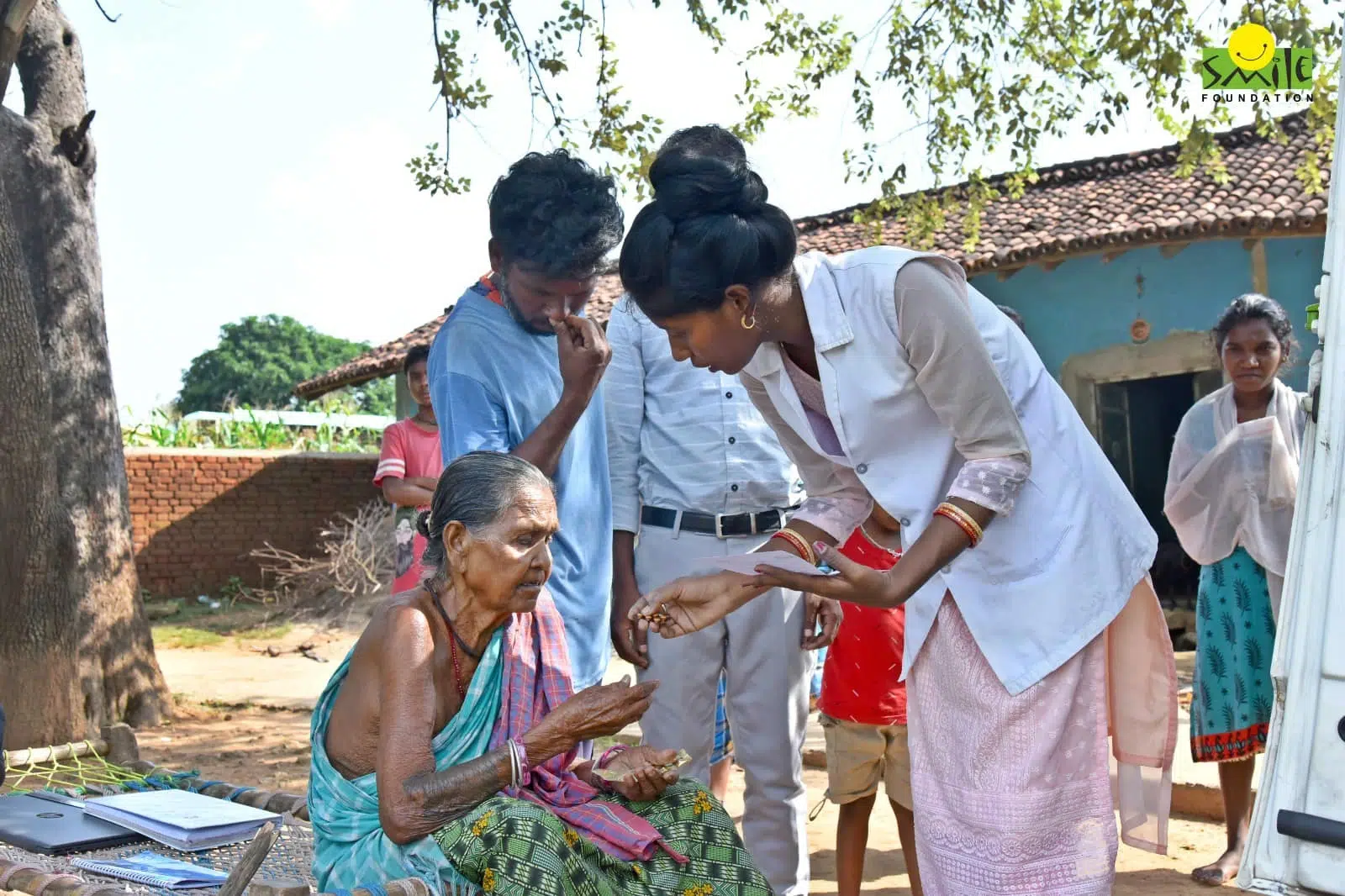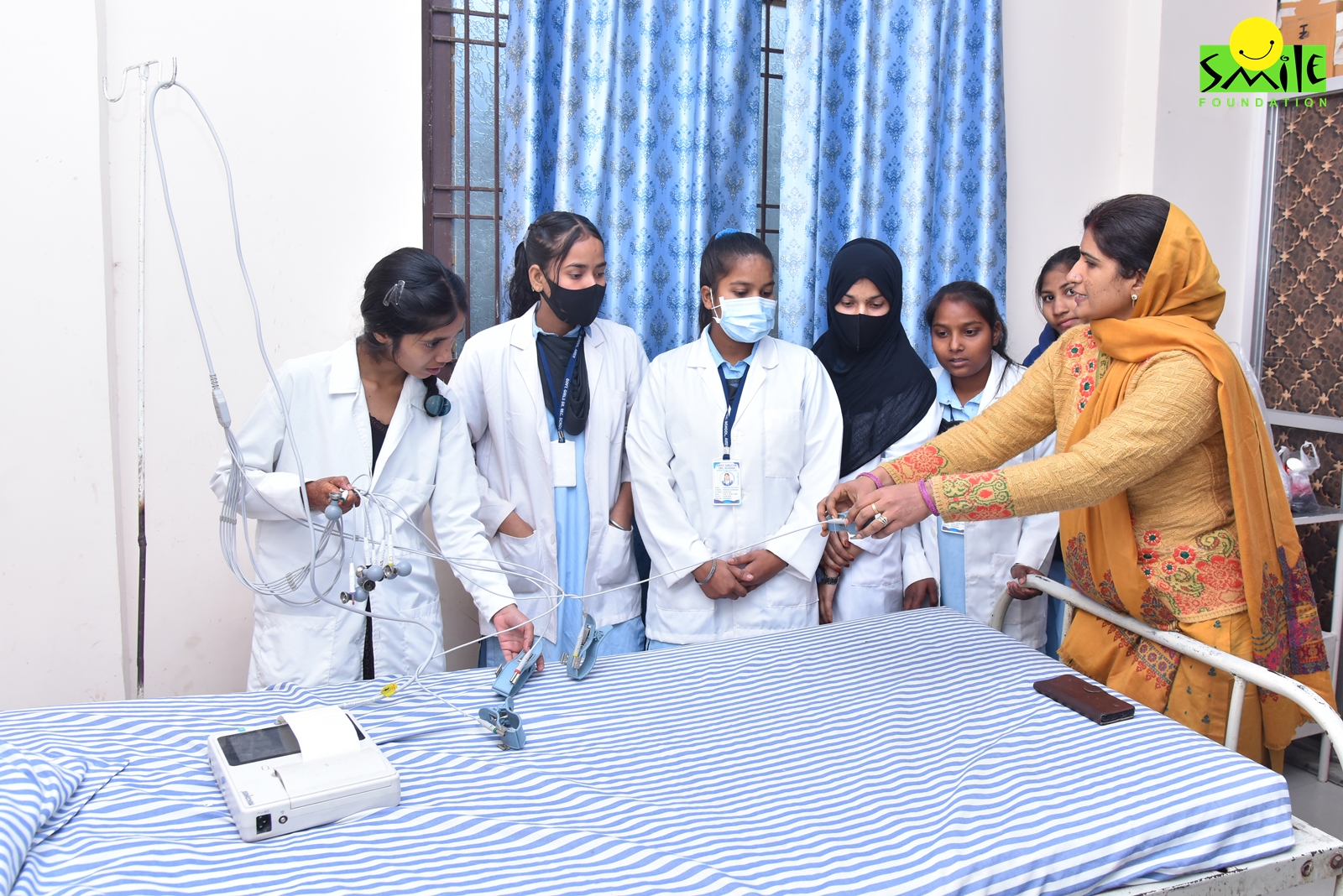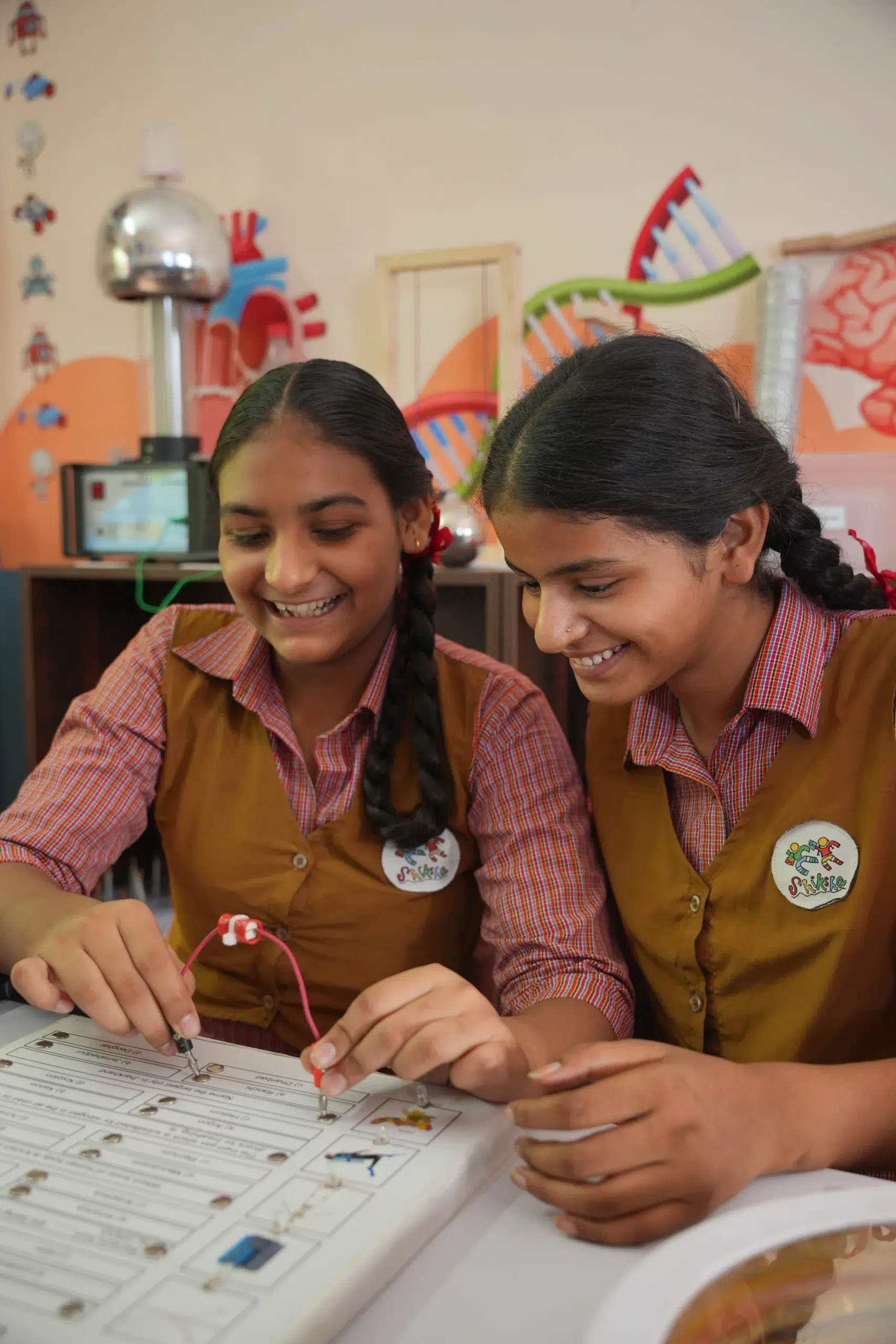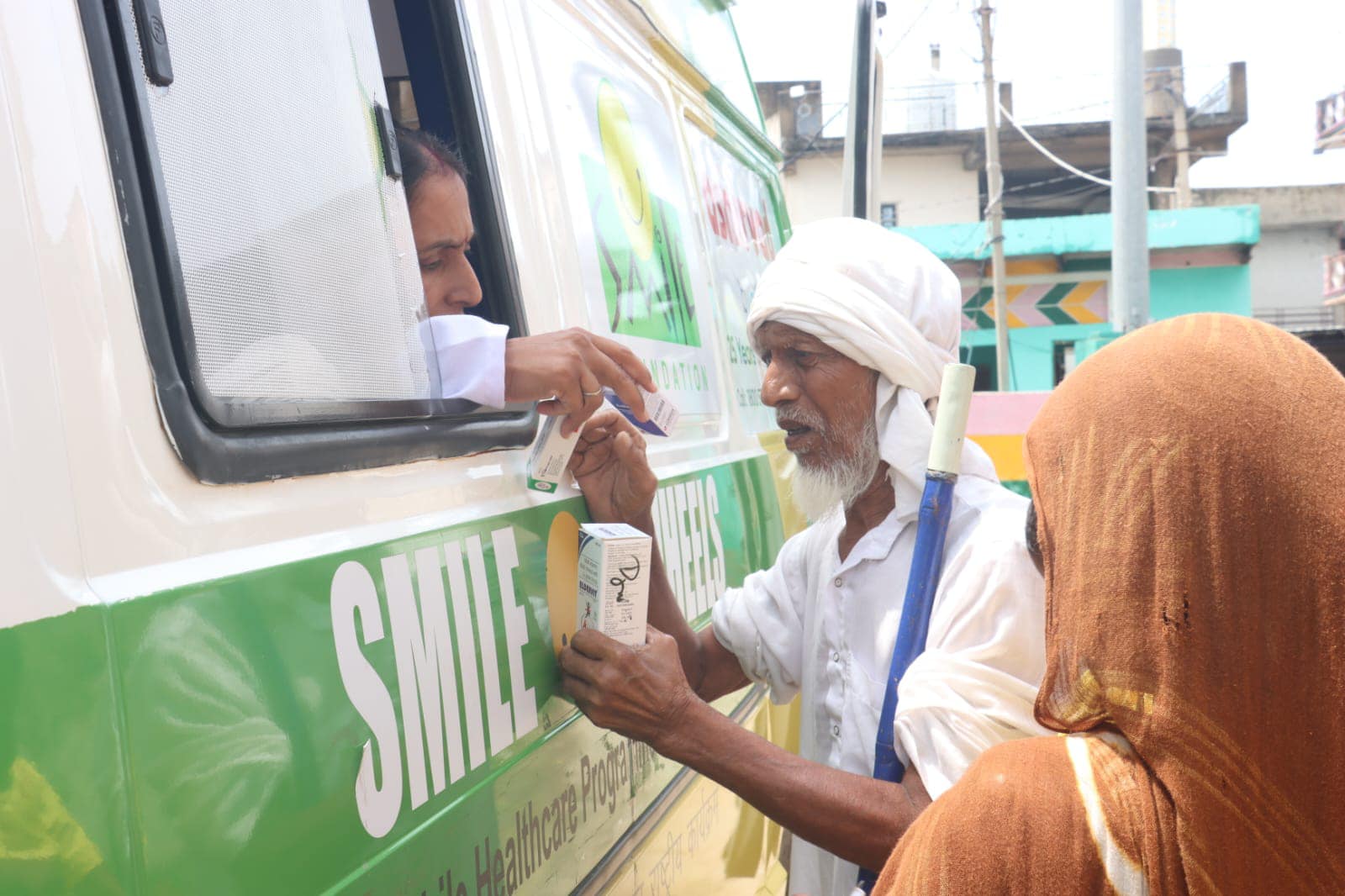After years of lectures, classes, note-making, rigorous revisions, and examinations, the Indian youth is prepared for the “real world”, more commonly termed as the workforce. And yet there is a significant gap between the readiness of youth and the needs of a workplace.
Higher educational institutions and colleges are supposed to fortify youth for the walks and talks of a workplace. However, we see a discrepancy in the skills acquired by youth and those required by employers. This often leads to youth unemployment in India.
Youth unemployment in India is accelerating and if not curbed fast, will result in bruises to the rapid-growing economy. With an equally growing population in the country, the competition in the workplace will only increase.
Youth Unemployment in India
A workplace is not like an educational institution. A workplace expects one to utilize the skills one has acquired over time and an employer is in search of skills more than credentials. Then why do most employers observe a mismatch of skills in youth?
The capitalist world we live in has given rise to jobs of high specializations and Indian education has failed to provide adequate skill development for the same. Youth comprise more than 40% of the Indian population and 45% of those were reported unemployed. India, like any other country, will benefit from the sheer amount of youth it harbors, but if this situation entails, it will result in a grim future for the country.
A college degree improves job prospects for youth but colleges have become unnecessarily costly. There is no reason for students to incur debts in order to get a degree and education that is dissatisfactory. The idea that a degree secures a life with better living standards leads students to pay humungous amounts of money.
More than a Degree
Education is extremely important, but one has to keep in mind that a degree is not a guarantee of employability. Youth is extremely bright and always on the lookout for new opportunities, with the right training they are sure to bloom and provide outcomes that aid the development of the country and benefit all.
Around 33% of youth that has gained an education remain unemployed due to a deficit of future skills. They do not have adequate practical knowledge and skills required for the workforce.
The rates of youth unemployability in India are shooting like ever before and there is an immediate need to curb them. Educational institutions should ensure a holistic approach that gives adequate industry experience while striving toward the degree a person is aiming for. Industry experience alongside education will surely aid in skill development and better prepare youth for the workforce.
The Emerging Need for Vocational Education
Vocational education is considered inferior to any other kind of education in several aspects. Even the jobs that come along these lines are considered inferior. But we are forgetting how in reality, vocational jobs are a huge boost to the Indian economy. Hence, there is a need to alter this mindset and provide exposure to youth to vocational education and training.
The stigma of vocational training being important for jobs of an electrician, beautician, etc. still exists. Firstly, there is a need for this misconception to go away. Vocational education does not solely expand one’s skills and knowledge in vocational courses or fields. It generates the scope of development of skills required in the modern workplace as well. There is an indirect impact of vocational training on the industry as well. Proper VET will lead to an increase in profitable outputs in the informal sector which in turn will boost the industrial sector. It is like a chain reaction.
Secondly, who are we to demean jobs like that of a master artisan or beautician? Each and every job has its own importance in the development of the country and its economy. No form of education or job should be demeaned and looked down upon.
Government Interventions To Curb Youth Unemployability in India
With training catering to skill development, vocational education will allow us to bridge the gap created between education and employment. Youth will be trained adequately in order to climb further in their careers. Indian youth themselves are greatly interested in learning and developing their skills, it is high time the education system too understands the importance. There is a dire need for inculcating practical approaches that allow individuals to develop skills that prepare them for the workforce.
The government has come up with ways to make vocational training acknowledged. The most recent is the National Education Policy (NEP) 2020. The revised version of National Education Policy 2020 is a great step in this direction wherein vocational education will be introduced from sixth grade onwards. These changes are at the initial stages of their development and will require time and effort.
Things To Remember
The curiosity and want to constantly learn more are what defines most of the youth. This thirst to learn should be quenched with the preparedness to face the real world. The country is looking at bright kids paving the way to an even brighter future with adequate guidance and training. Smile Foundation with its Smile Twin e-learning programme, STeP provides youth with these facilities and prioritizes skill development that helps youth to lead an independent life for themselves and their families. To date, the programme has trained more than 90000 youth with placement of over 56000 trained youth in respectable brands across India.



